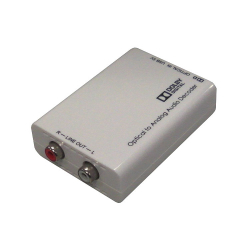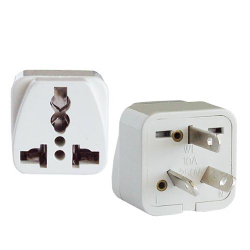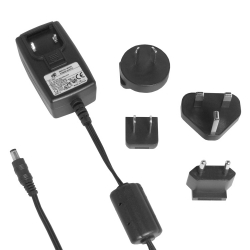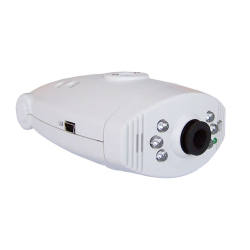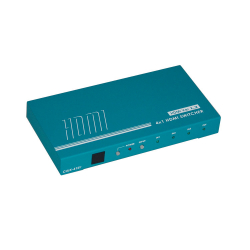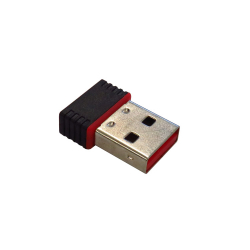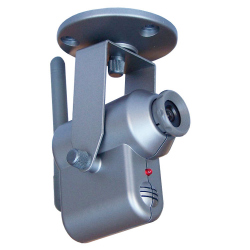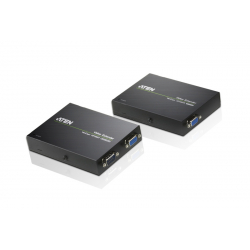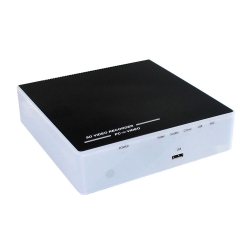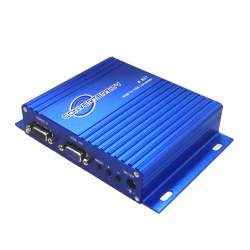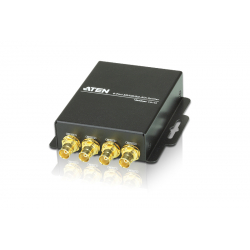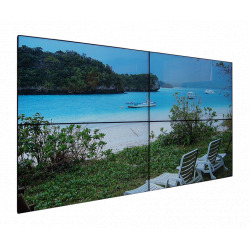A B C D E F G H I J K L M N O P Q R S T U V W X Y Z _
| Component Video | Component video is a video signal that has been split into two or more components. When used without any other qualifications the term component video generally refers to analog YPbPr component video with sync on luma. Unlike Composite Video where all the video information is combined into a single line-level signal, Component Video is transmitted or stored as three separate signals. Component Video cables do not carry audio. |
| Composite Video | Composite Video is a video colour format where the video information is combined into a single channel. It is a composite of three source signals called Y, U and V (together referred to as YUV) with sync pulses. Y represents the brightness or luminance of the picture and includes synchronising pulses, so that by itself it could be displayed as a monochrome picture. U and V represent hue and saturation or chrominance; between them they carry the colour information. In typical home applications, the composite video signal is usually connected using an RCA Plug (usually represented by a yellow coloured plug, and often accompanied with red and white for right and left audio channels respectively).A BNC connector and higher quality coaxial cables are often used in more professional applications. |
| Computer Signal Formats | 4:3 aspect ratio resolutions QVGA: A video graphics resolution of 320x240 pixels. VGA: A video graphics resolution of 640x480 pixels. SVGA: A video graphics resolution of 800x600 pixels. XGA: A video graphics resolution of 1024x768 pixels. SXGA Plus: A video graphics resolution of 1400x1050 pixels. UXGA: A video graphics resolution of 1600x1200 pixels. QXGA: A video graphics resolution of 2048x1536 pixels. QSXGA Plus: A video graphics resolution of 2800x2100 pixels. QUXGA: A video graphics resolution of 3200x2400 pixels. WQUXGA: A video graphics resolution of 3840x2400 pixels. other aspect ratio resolutions (16:9, 5:4) WVGA: A video graphics resolution of 848x480 pixels. WXGA: A video graphics resolution of 1280x800 pixels. SXGA: A video graphics resolution of 1280x1024 pixels. WXGA Plus: A video graphics resolution of 1440x900 pixels. WSXGA Plus: A video graphics resolution of 1680x1050 pixels. WUXGA: A video graphics resolution of 1920x1200 pixels. QSXGA: A video graphics resolution of 2560x2048 pixels. WQSXGA: A video graphics resolution of 3200x2048 pixels. |
| CRT | The Cathode Ray Tube (CRT) is a vacuum tube which produces light when an electron beam hits its internal surface. An electron gun creates the electrons, and a high voltage source that accelerates them generates the electron beam. The CRT is used as a picture displaying tube in video monitors, TV sets, computer monitors and others. The CRT uses an evacuated glass envelope which is large, deep, heavy, and relatively fragile. Display technologies without these disadvantages such as flat plasma displays, LCD, DLP, and OLED have replaced CRTs in many applications and are becoming increasingly common as costs decline. |
| DAC | Digital to Analog Converter. A device doing the opposite of an ADC (Analog to Digital Converter), converting a digital logic signal to an analog (linear) signal. The ADC and DAC are widely used for conversion between analog and digital video and audio signals. |
| DC | DC (Direct Current) is the unidirectional flow of electric charge. Direct current is produced by such sources as batteries, thermocouples, solar cells, and commutator-type electric machines of the dynamo type. Direct current may flow in a conductor such as a wire, but can also be through semiconductors, insulators, or even through a vacuum as in electron or ion beams. The electric charge flows in a constant direction, distinguishing it from alternating current (AC). |
| DDC | The Display Data Channel or DDC is a collection of digital communication protocols between a computer display and a graphics adapter. Using DDC, a monitor can inform the adapter/video card about its properties, such as maximum resolution and colour depth. The DDC suite of standards was created by the Video Electronics Standards Association (VESA), and aims to provide a "plug and play" experience for computer displays. |
| Deep Colour | A term used to describe a colour gamut comprising a billion or more colours. The HDMI 1.3 specification supports Deep Colour bit depths. It defines bit depths for Deep Colour as 30 bits (1.073 billion colours), 36 bits (68.71 billion colours), and 48 bits (281.5 trillion colours). |
| Differential Gain | Differential gain is the error in the amplitude of the colour signal due to a change in luminance (brightness) level. It is measured by comparing two chrominance signals of initially equal amplitudes riding on two different luminance levels. The inaccuracy is measured as a percentage. Differential gain is important to video signals because if the amplitude of the subcarrier signal changes with a change in luminance level, then the picture being displayed will have colour saturation problems. |

